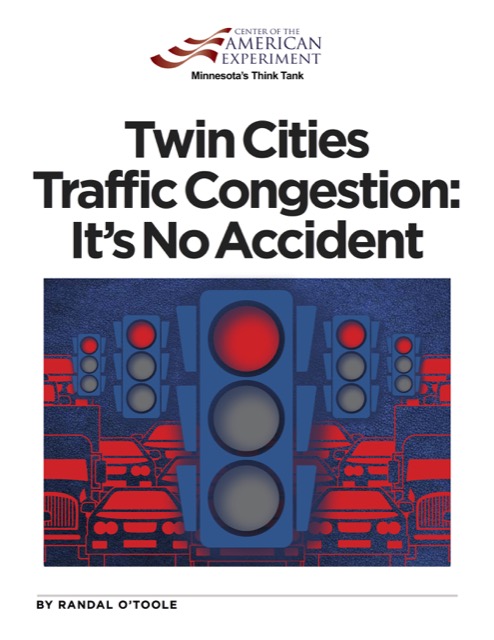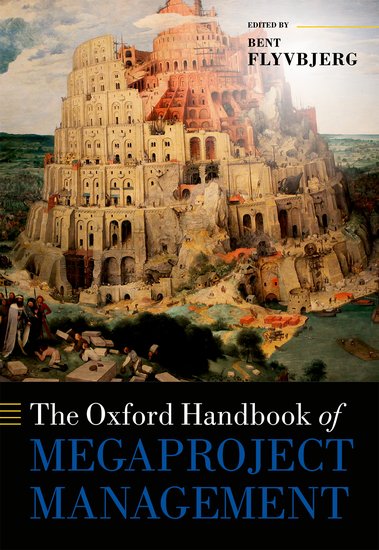In 1982, the Twin Cities had the 35th-worst congestion in the nation. By 2016, it had grown to be the 17th-worst and amount of time the average commuter spent in traffic had quadrupled. If you are stuck in traffic in the Twin Cities, says this new report, don’t blame population growth; blame the Metropolitan Council, the region’s metropolitan planning organization.
 Click image to download a 1.7-MB PDF of this report.
Click image to download a 1.7-MB PDF of this report.
The Metropolitan Council’s official attitude is, “We can’t build our way out of congestion, so we will provide alternatives to congestion” in the form of light rail, bike paths, and maybe a few high-occupancy/toll lanes. The council’s 2040 plan has $6.9 billion programmed for transit improvements, $700 million for bike paths, and $700 million for road improvements. That means 8 percent of the funds goes for the 90 percent of the people who drive to work while 83 percent goes for the 6 percent who take transit. Continue reading








